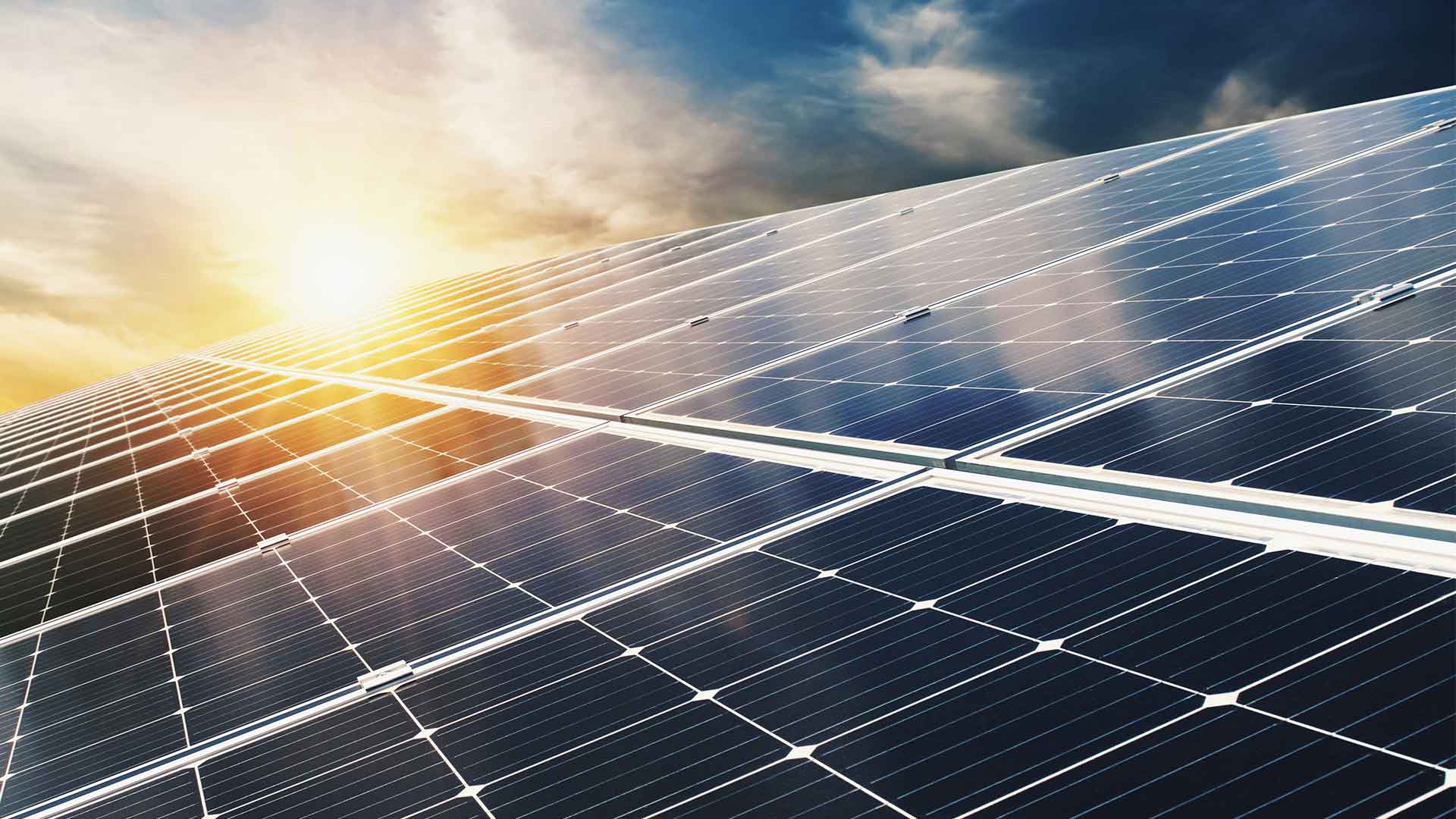Boron For Storage In Solar Energy
As our population and cities grow, so does our need for safe, sustainable energy. To meet global needs, we must increase the efficiency of our energy consumption and optimize the capacity of existing and emerging energy sources.
Solar and wind energy depend on strong, durable materials. Borax products help to enable these technologies—and we strive to make our operations sustainable, too.
In solar thermal heating applications, borosilicate glass helps to focus and capture solar energy.
Textile fiberglass made with borates is important in the creation of wind turbines, and borates are a part of the high-power magnets that are used in turbine generator systems. https://www.borax.com/boron-essentials/energy

BOron As A Storage Medium
The use of Boron as an energy storage medium in the framework of solar energy systems development is suggested, highlighting its potential advantages. The issue which is considered here is mainly that of reducing the energy waste connected with power transfer from areas of high solar energy productivity to highly industrialized areas, such as those of Europe, where the energy is needed.
Both the production and transfer of Hydrogen or the build-up of power lines give rise to an energy loss which can be up to 50% of the produced energy. A cycle is described in which Boron is used as a means to store and transport solar energy from a production site to the location where the energy stored in Boron will be used.
This cycle would solve the long-range transport and long-term storage problem, which are two critical issues of a prospective solar energy economy. We describe how the use of Boron could indeed be a solution to the problem which is both energetically favorable and environmentally safe.
Importance Of Solar Energy Storage
Solar energy storage in Boron and its subsequent release could effectively be an important step towards the development of a renewable energy-based society. As regards the energy storage step in a Boron cycle, many possible paths have already been studied in the laboratory and the most promising of them is schematically illustrated in the previous section.
They all accomplish Boron oxide reduction absorbing thermal energy. For them, all research is still required to overcome problems like product purity or efficiency of the process or the need for high temperatures in some of the steps. But in principle the are no obstacles that could not be overcome in a short time and which hinder the possibility to turn one of these cycles into an industrial process.
The reduced Boron, which is solid at ambient temperature, could be easily transported from production to utilization sites using ordinary transport means such as trucks, trains, and container ships. This is surely one of the most appealing properties of Boron. No new infrastructures or capital investments are needed for Boron (or B2O3) transportation. Being harmless, Boron does not require particular care in handling and storing.
The energy release could follow two different paths. Combustion in pure Oxygen or Hydrogen production through reaction with water. To be without emissions and because of the relative scarcity of Boron, the combustion process must be in a closed chamber in pure Oxygen. A specifically developed combustion chamber is therefore required, together with an Oxygen supply.
Both are available at the current technology level. Hydrolysis yields Hydrogen, which in turn can be used as fuel both in combustion engines or in fuel cell engines. Whichever will be the energy release process, Boron oxide is obtained. It can be brought back to the solar plant with the same transport means used for Boron. At the plant, Boron is again obtained with the use of solar energy, closing the cycle.
Solar Energy is just one example of a portfolio of solutions Boron is being developed for in Advanced Energy as part of overall approaches to reducing emissions and in decarbonization efforts globally.





